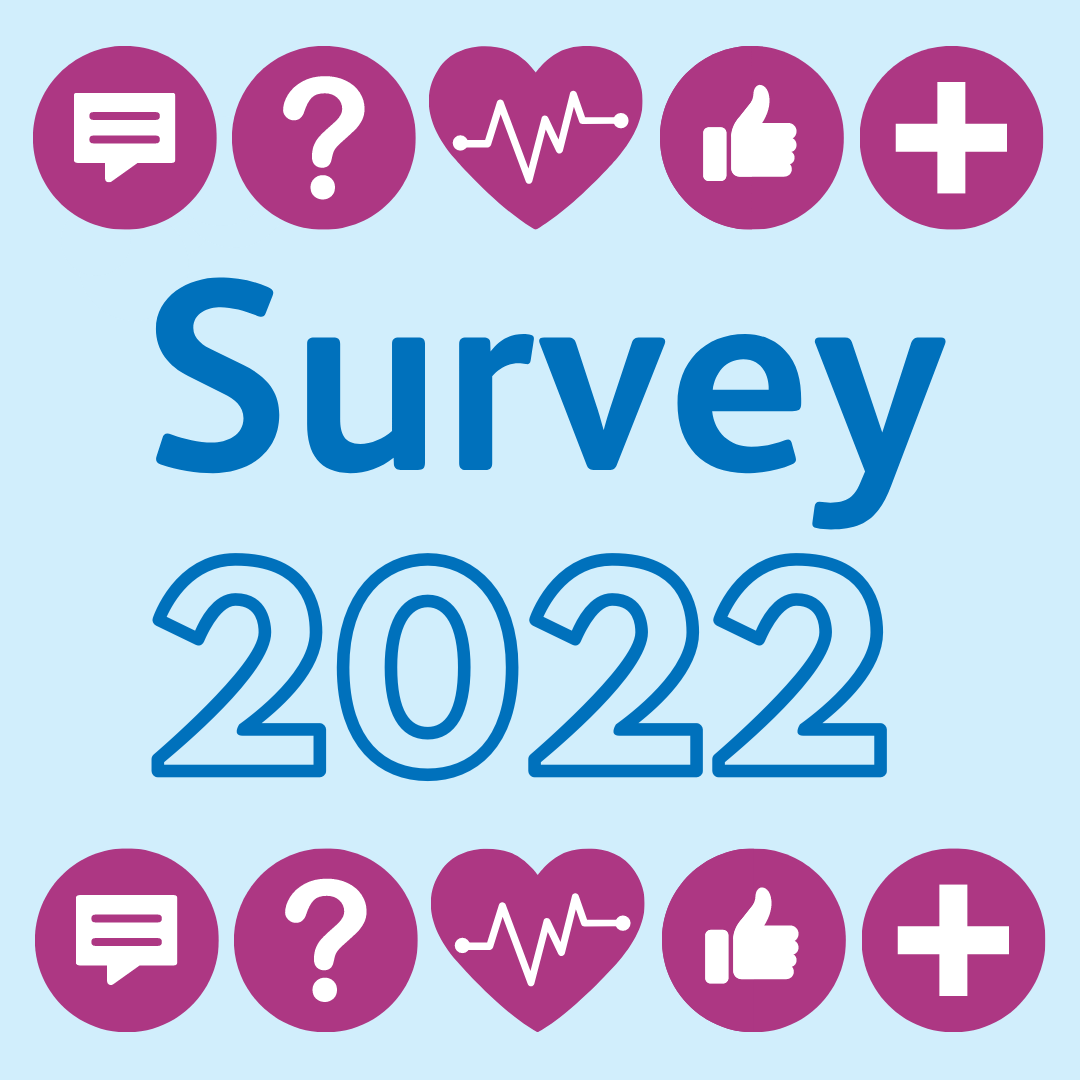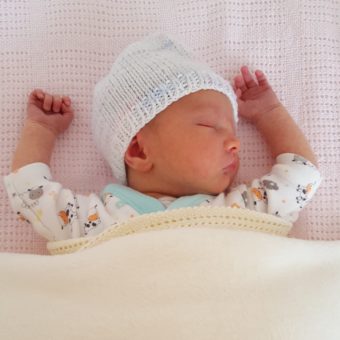
The psychosocial impact of cleft lip and/or palate on unaffected siblings

The psychosocial impact of cleft lip and/or palate on unaffected siblings
Nicola Marie Stock, Research Fellow for the Centre for Appearance Research and The Cleft Collective
Background
Sibling relationships are among the most unique social connections, impacting significantly on psychosocial adjustment (meaning the psychological development of an individual within a social environment). Previous research in the fields of chronic illness and disability has concluded that unaffected siblings of children with long-term conditions are at risk of poorer psychological functioning as a consequence. Research has begun to investigate the psychosocial impact of cleft lip and/or palate (CL/P) on affected individuals and their parents, yet comparatively little is known about the impact on other close family members.
The aim of this study was to gain a better understanding of the experience of unaffected siblings of children born with CL/P, with a view to informing service provision and support.
Method
Individual telephone interviews were conducted with five unaffected siblings and eight parents of children born with cleft lip and/or palate living in the UK, including five sibling-parent ‘pairs’ from the same families. Interviews were transcribed verbatim and analysed for common themes.
Research findings
Three key themes were identified:
- Perceptions of positive and negative impacts
Siblings were described to have a very close bond, in which the sibling was often protective of the child with CL/P. While this was described to be advantageous, it was also thought that the sibling could sometimes feel burdened by this responsibility, and the child with CL/P could become too reliant upon the sibling.
A sibling rivalry was also identified, and was most often concerned with the amount of attention given to the child with CL/P compared to the sibling. Attention-seeking behaviours exhibited by siblings were noted.
Several siblings were reported to be anxious about the child’s cleft treatment, which often stemmed from siblings having a lack of understanding about the treatment process. Siblings had also expressed concern over being separated from their family at the time of operations.
A number of positive impacts were identified. Siblings were described as being particularly kind and caring, with some choosing to pursue careers in healthcare settings. Siblings were also reported to have a non-judgemental attitude to people with differences or disabilities, due their family’s personal experience.
- Factors affecting the degree of impact
A range of factors which played a role in the degree of impact on unaffected siblings were identified:
- Birth order of siblings
- Age gap between siblings
- Sibling gender
- The amount of cleft treatment required
- The family’s social support network
- The family’s socioeconomic status
- Parental coping
- Level of sibling involvement in the treatment process
- Support for families
Participants believed that siblings were often left out of the healthcare system, and felt a greater level of involvement would benefit siblings. Parents also expressed a need for support to explain CL/P and its treatment to siblings in a way they would understand. Story books, comics, DVDs and ‘before and after’ treatment photographs were all suggested.
It was also uncommon for siblings to have met other siblings of children affected by CL/P, or to have attended many cleft-related events. Participants believed this was due to the timing of events, or because the type of activity or target age-range was inappropriate for siblings. Events specifically designed for and exclusive to siblings were also proposed. Although a number of benefits to online or remote support were acknowledged, on the whole face-to-face support was preferred.
Siblings had wondered about the genetic aspect of CL/P, and the likelihood of future generations being affected.
Conclusions
This study demonstrates that unaffected siblings of children with CL/P may have information and support needs which are currently not being met. A more inclusive approach to care, as well as inclusion in future research and cleft-related events and activities is recommended, in order to optimise familial adjustment.
Dissemination
The findings from this study will be shared at UK-wide and international conferences and have been submitted to the field’s leading academic journal, the Cleft Palate-Craniofacial Journal*.
Acknowledgements
Thank you to CLAPA for their help with recruitment and dissemination, and to colleagues at the Centre for Appearance Research. Thank you to Cleft NZ for their interest in this research. Most of all, thank you to everyone who took part in the study for sharing their experiences.
Contact
For more information please contact Nicola: [email protected].
*References
Nicola Marie Stock, Katharine Stoneman, Claire Cunniffe and Nichola Rumsey. The psychosocial impact of cleft lip and/or palate on unaffected siblings (under review). Cleft Palate-Craniofacial Journal.


